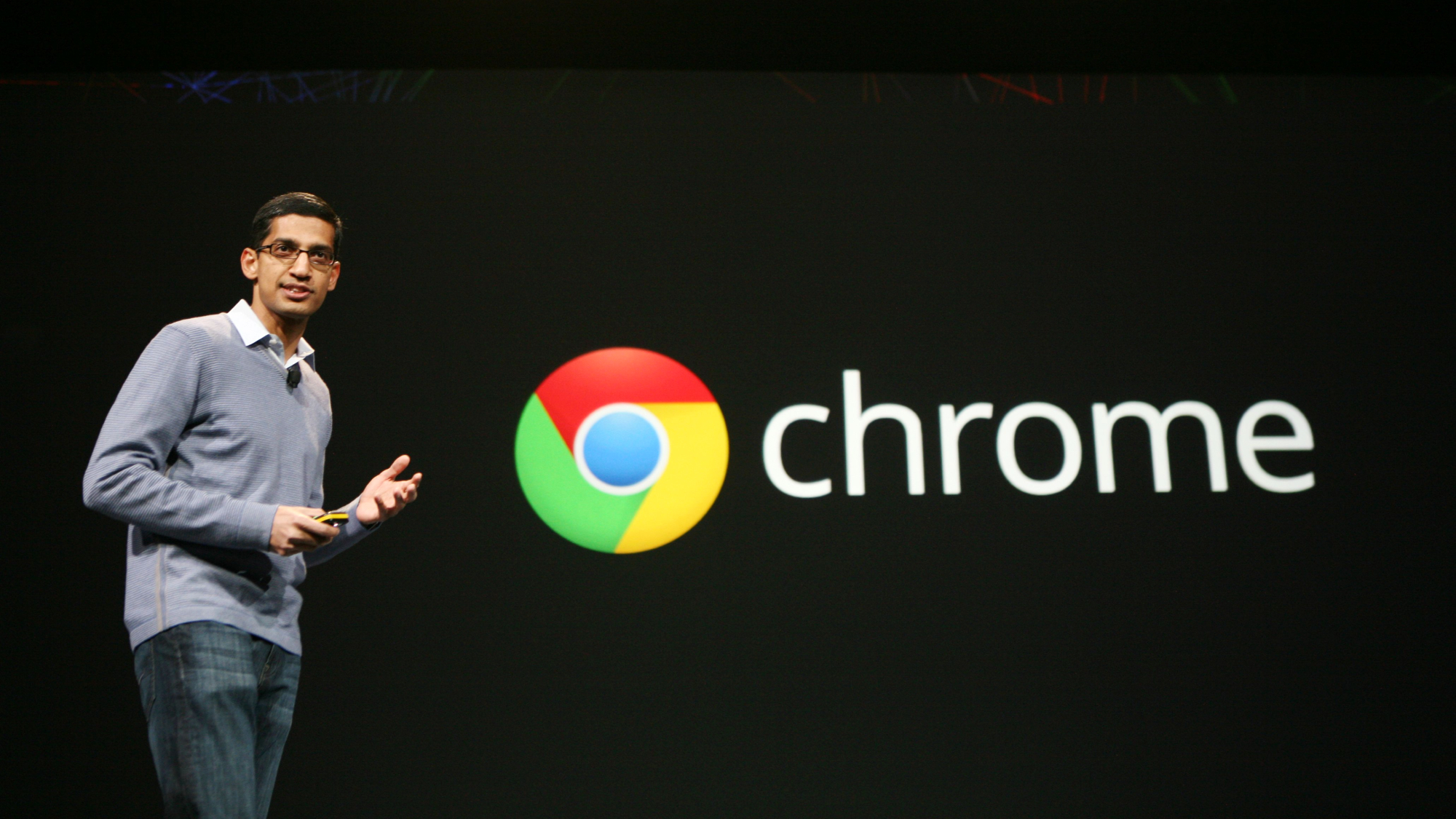Why Google Chrome is flagging millions of sites as ‘not secure’
Majority of the top million sites on internet do not feature HTTPS encryption

Google’s online web browser Chrome is flagging countless websites as “not secure” following the roll-out of a new security feature yesterday.
The update, dubbed Chrome 68, flags any site that does not feature HTTPS (hypertext transfer protocol secure) encryption, a security measure that scrambles signals to and from the site in order to prevent spying.
Users are still able to access unencrypted websites without interference, but Chrome will display a “not secure” sign on the left-hand side of the address bar at the top of the screen.
The Week
Escape your echo chamber. Get the facts behind the news, plus analysis from multiple perspectives.

Sign up for The Week's Free Newsletters
From our morning news briefing to a weekly Good News Newsletter, get the best of The Week delivered directly to your inbox.
From our morning news briefing to a weekly Good News Newsletter, get the best of The Week delivered directly to your inbox.
Clicking on the sign leads to a drop down menu that warns users “against entering any sensitive information into the page, like personal details and credit card info”, says TechRadar.
According to the BBC, “more than half” of the internet’s top million websites are not equipped with HTTPS encryption. The Daily Mail online is the UK’s busiest unencrypted site.
The broadcaster adds that “there is no evidence” to suggest such sites “are currently subject to attacks that abuse insecure data”.
Google hopes its new warning system will gradually push all websites to HTTPS encryption, says CNet. The first attempt to flag non-secure websites was in 2016, when Chrome began issuing warnings to users when they entered a site that didn’t secure passwords or personal details correctly.
A free daily email with the biggest news stories of the day – and the best features from TheWeek.com
In September, Google will introduce another update, Chrome 69, which will change the green hue around “secure” websites to black. This will be followed by version 70 in October, where the “not secure” warning sign will change from black to red.
Is your data secure?
That depends on how users interact with a non-HTTPS website.
According to Wired, all information sent to websites without encryption “can be intercepted by a hacker or other bad actor”. In the most extreme cases, hackers steal confidential information by using a fake website that appears to be legitimate.
There are also privacy implications, the tech news site says. Hypothetically speaking, both an internet service provider (ISP) and a bad actor can monitor a user’s activity on sites that are not encrypted.
The BBC says that “many sites are now rapidly adopting HTTPS as a result of a growing consensus around its use”, and notes that Chrome’s new flagging system may help speed that process.
In the meantime, users accessing “not secure” websites are advised to be wary of submitting personal details.
-
 Why are micro-resolutions more likely to stick?
Why are micro-resolutions more likely to stick?In the Spotlight These smaller, achievable goals could be the key to building lasting habits
-
 What will happen in 2026? Predictions and events
What will happen in 2026? Predictions and eventsIn Depth The new year could bring peace in Ukraine or war in Venezuela, as Donald Trump prepares to host a highly politicised World Cup and Nasa returns to the Moon
-
 Why is Trump’s alleged strike on Venezuela shrouded in so much secrecy?
Why is Trump’s alleged strike on Venezuela shrouded in so much secrecy?TODAY'S BIG QUESTION Trump’s comments have raised more questions than answers about what his administration is doing in the Southern Hemisphere
-
 Has Google burst the Nvidia bubble?
Has Google burst the Nvidia bubble?Today’s Big Question The world’s most valuable company faces a challenge from Google, as companies eye up ‘more specialised’ and ‘less power-hungry’ alternatives
-
 How the online world relies on AWS cloud servers
How the online world relies on AWS cloud serversThe Explainer Chaos caused by Monday’s online outage shows that ‘when AWS sneezes, half the internet catches the flu’
-
 Is the UK government getting too close to Big Tech?
Is the UK government getting too close to Big Tech?Today’s Big Question US-UK tech pact, supported by Nvidia and OpenAI, is part of Silicon Valley drive to ‘lock in’ American AI with US allies
-
 Google: A monopoly past its prime?
Google: A monopoly past its prime?Feature Google’s antitrust case ends with a slap on the wrist as courts struggle to keep up with the tech industry’s rapid changes
-
 South Korea's divide over allowing Google Maps
South Korea's divide over allowing Google MapsTalking Points The country is one of few modern democracies where the app doesn't work
-
 Google avoids the worst in antitrust ruling
Google avoids the worst in antitrust rulingSpeed Read A federal judge rejected the government's request to break up Google
-
 Is AI killing the internet?
Is AI killing the internet?Talking Point AI-powered browsers and search engines are threatening the death of the open web
-
 Unreal: A quantum leap in AI video
Unreal: A quantum leap in AI videoFeature Google's new Veo 3 is making it harder to distinguish between real videos and AI-generated ones